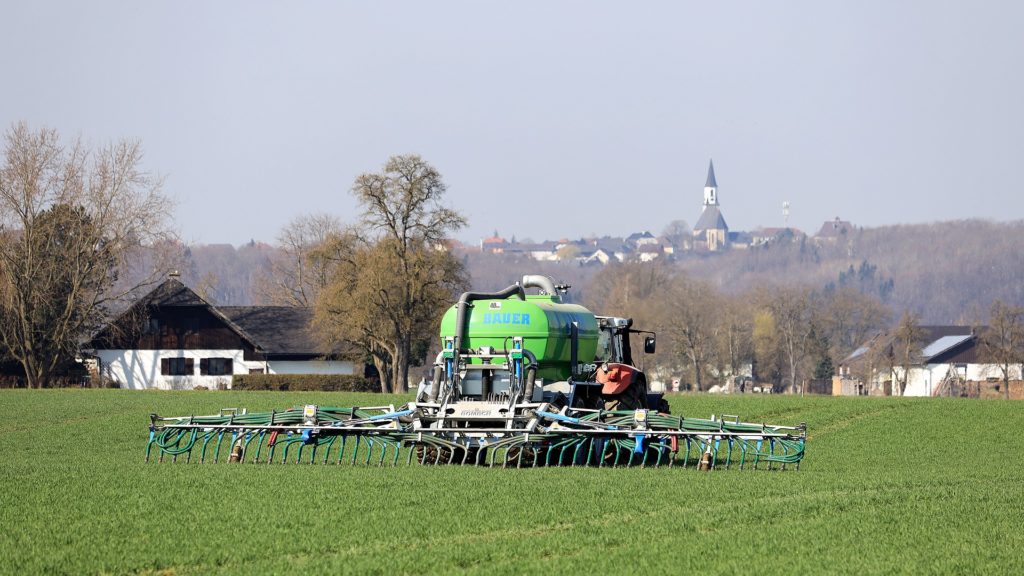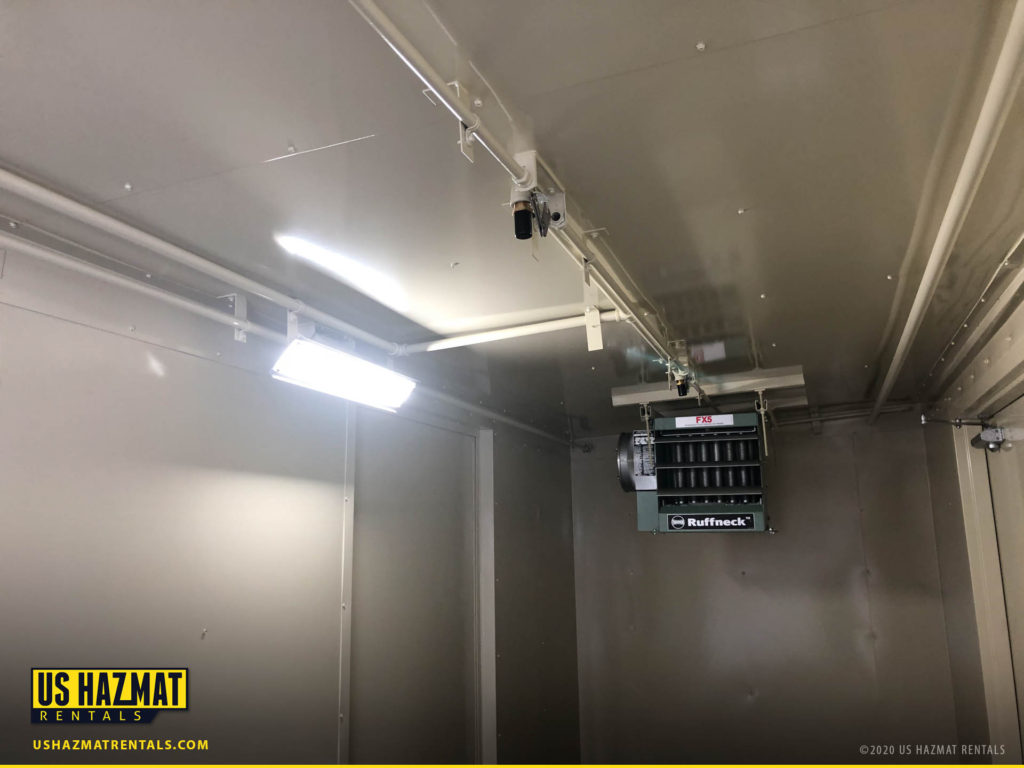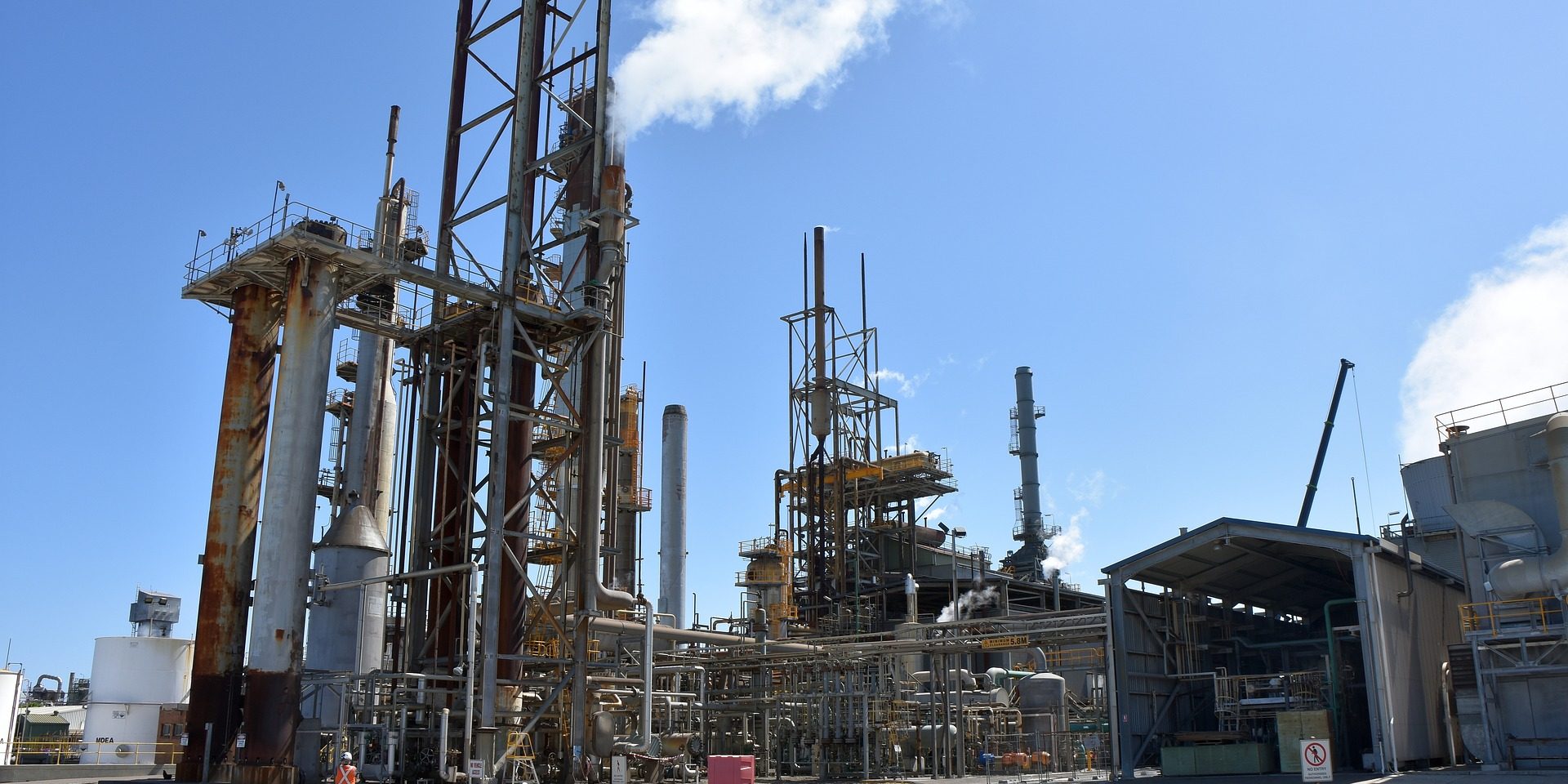Ammonium nitrate fertilizer is one of the most volatile substances in any chemical arsenal. Most commonly used in fertilizers and explosives, commercial grade bulk supplies are like a primed powder keg. In concentrated amounts, ammonium nitrate can level entire city blocks in one fell swoop. Explosions from improper ammonium nitrate always end in catastrophe. In 2013, the West, Texas fertilizer distributer exploded, killing 15 people and injuring 150 more. On Tuesday, Winston-Salem firefighters faced an eerily similar scenario after a fire at the Winston Weaver Co. fertilizer plant led to a near city-wide evacuation. Although the fire is now under control, authorities anxiously await the results of the delicate chemical process unfolding before.
“There were 240 tons of ammonium nitrate on site (in Texas),” said Chief Trey Mayo of the Winston-Salem Fire Department. “There are 600 tons on site here. If that doesn’t communicate the gravity of the situation, I don’t know how to verbalize that.”
Chief Trey Mayo of the Winston-Salem Fire Department
As of now, it appears firefighters were successful in preventing the fire from reaching the fertilizer stockpile, but they still have to wait. A fire could still happen at any time. Once 36 hours have passed, crews can give the “all clear” signal. In an abundance of caution, city officials evacuated one square block, including a nearby minimum security prison and the prestigious Wake Forest University. As you can see, no one is immune from the volatility of violent chemical explosions. Some time will pass before fire officials determine the cause of the fire and if the plant acted accordingly. To the credit of the fertilizer storage company, the city’s fire department didn’t find any violations at the plant during a routine inspection in December.
The risk of explosion will be determined by how confined the ammonium nitrate and the pressure that may be building underneath. The top layer of the chemical causes the confinement, so proper storage and adequate ventilation will be important. Source: Winston Salem Journal.

Ammonium nitrate fertilizer is necessary component to any productive society. Explosivity alone isn’t enough to require outright banishment. If our government outlawed substances based on associated risks, production lines would stall out immediately. Take petroleum and gasoline as case in point. Opinions of the merits of a carbon based economy aside, these substances fuel all industry in one way or another. Even companies that rely on green machining all alternative energies must begrudgingly enlist the services of large freight trucks that run on diesel fuel. But do we outlaw these dangerous substances based on the potential for and destruction? Of course not. If used properly, fuels and fertilizers help power production and feed families. We can’t just get rid of these substances without a feasible alternative fuel source. Hazardous chemicals are like tools, equipment and the cars we drive. It’s all in how we use them. Of course, a speeding car can render a great deal of destruction, but how often do we see cars on the court docket? It’s not the machines that wielded such chaos, but the negligent owners behind the wheel. The same can be said for chemical storage. Dangerous chemicals and hazardous substances only pose a risk when mishandled and disrespected.
Proper Ventilation and Climate Control Can Prevent Dangerous Explosions From Ammonium Nitrate Fertilizer

As evident by statements made by the Winston-Salem Fire Department, ammonium nitrate fertilizer requires proper ventilation to prevent the dangerous accumulation of volatiles fumes. Our fire-rated chemical storage lockers and safely accommodate the bulk storage of ammonium nitrate fertilizer. Air-tight containers should always be stored in well-ventilated areas. Our solid steel weld storage lockers can provide optimal airflows to stabilize dangerous compounds while preventing any interaction or contamination from external agents. Because ammonium nitrate can undergo explosive decomposition, you should always stored in a climate controlled storage locker, such as the one pictured above.






